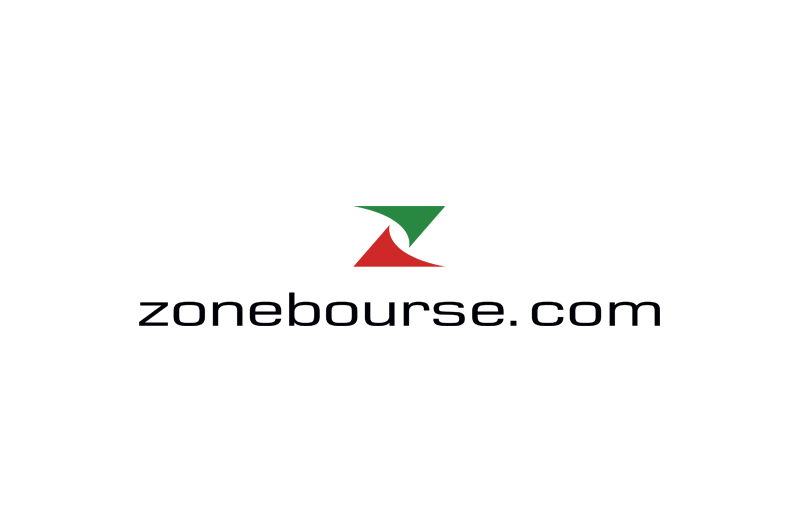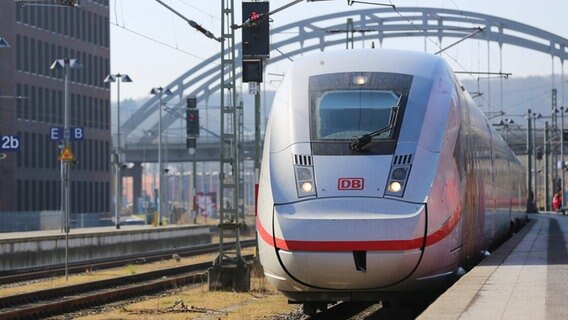Faced with the protracted war in Ukraine, the European Union is committed to releasing an additional 35 billion euros to support kyiv. This support, innovative in its mechanism, is based on the benefits of Russian assets frozen since the start of the conflict. However, political resistance is still holding back the complete completion of this ambitious project.
A loan backed by frozen Russian assets
The European Union is preparing to finalize a historic aid project of 35 billion euros to Ukraine, a loan guaranteed by the profits generated by frozen Russian reserves. This initiative follows a joint effort by the G7, aiming to mobilize $50 billion to support kyiv, particularly on the military and budgetary levels for the coming year.
The mechanism chosen for this aid is innovative. Rather than drawing directly from the budgets of European states, the 35 billion will be reimbursed thanks to the profits from the 200 billion euros of Russian assets frozen since the start of the invasion of Ukraine. These funds are mainly reserves of the Russian central bank, deposited with Euroclear in Belgium. For two years, legal debates have delayed their exploitation, but the European Union ended up approving the seizure of the profits generated, estimated at around 2.5 to 3 billion dollars per year.
A delicate political maneuver
Although the financial architecture is in place, political obstacles remain, notably in Hungary and Slovakia, where resistance is holding back full approval of the plan. Hungary, under the leadership of Viktor Orban, continues to block one of the key conditions of the project: the extension of sanctions against Russia beyond six months, as demanded by the United States. This extension is considered crucial by Washington to guarantee that the income from the frozen assets will be sufficient to repay the loan.
Despite these obstacles, the European Commission, under the presidency of Ursula von der Leyen, proposed to take sole responsibility for the financial risks. If the income from frozen Russian assets were to decrease, the Member States of the Union would then have to assume the burden of this loan. This proposal reflects the urgency of the situation, particularly in the face of political uncertainty in the United States, where a possible victory for Donald Trump could call into question the American commitment to Ukraine.


